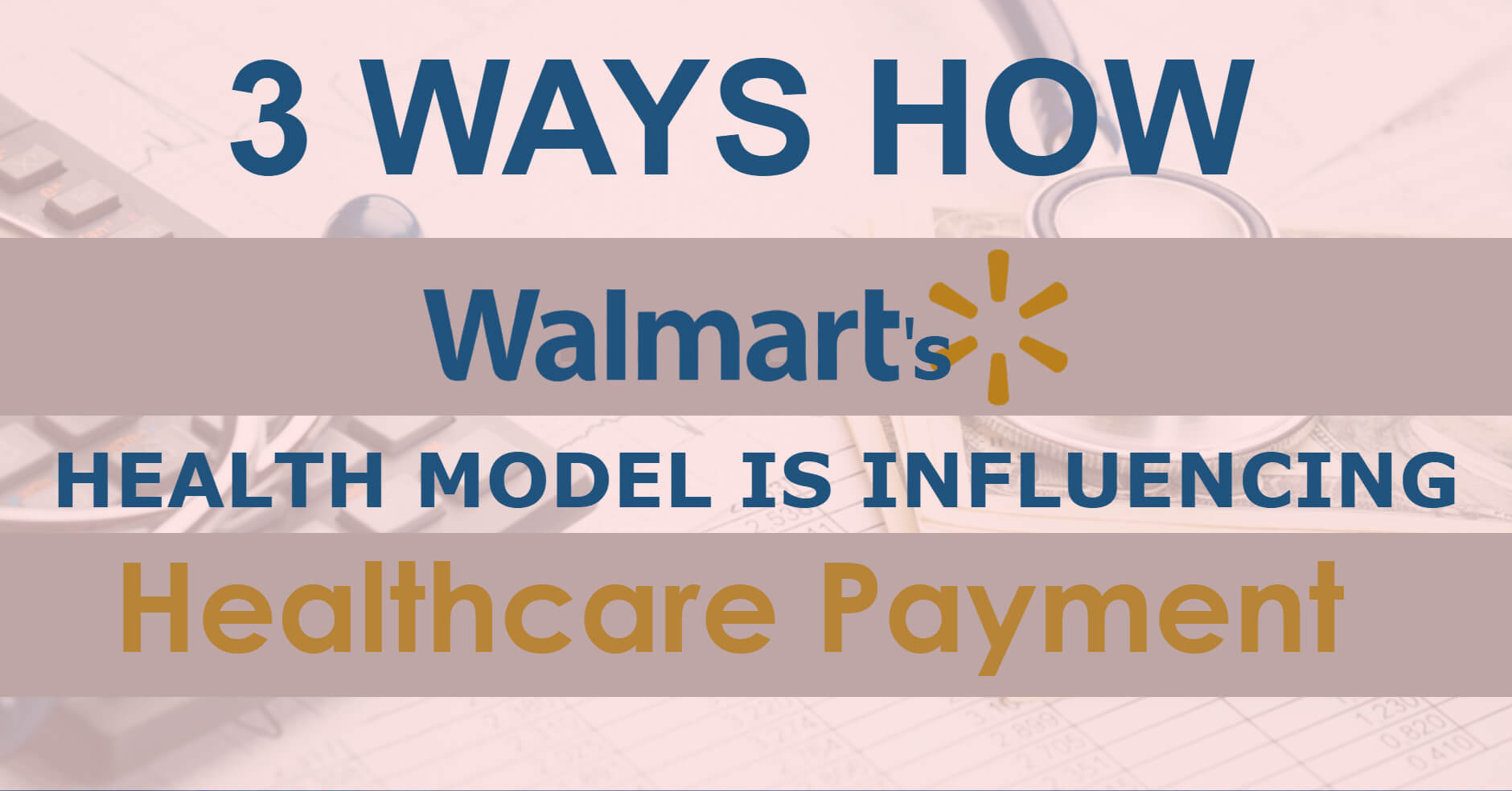- Oct 22, 2018

With more than 1.5 million employees working at its more than 4,700 U.S. stores, Walmart is undoubtedly the largest private employer in the country. The company remains in the news not only for this but also for many other positive reasons. Over the years, with various initiatives taken for the welfare of its employees especially in providing its 1 million employees with health coverage, the provider has become an innovator in the healthcare space. Similarly, other employers like Walmart too have come up with self-fund insurance plans for the employees at the cost of possible financial risk.
When some of its employees were diagnosed with certain types of cancer, the company partnered with Mayo Clinic as part of its “Centers of Excellence” program to offer financial help.
With increasing cost of healthcare services, more and more players like Walmart are coming up with advanced plans and models that will help them reduce healthcare cost incurred without compromising on quality.
Here are three ways how Walmart has been influencing the overall healthcare scenario for the world to follow:
Direct Contract with the Health Systems
Companies like Walmart, DIS, +0.08% Amazon subsidiary Whole Foods, Walt Disney DIS, Boeing BA, etc. are handling insurance and care-related coverage issues directly with the health providers. There is no intermediary or an insurer in between which means that there is no one on behalf of the employer arranging health services for the employee. Now, it is the employer who is directly contracting with the health systems. This helps the employer to offer quality care at an affordable price to the patients for faster recovery.
The approach of direct contracting taken by the large employers is actually transforming the way healthcare in the US is paid and priced. This is why Walmart has been able to offer medical programs that cover full coverage to the employee at a low rate. For instance, during Walmart’s collaboration with Mayo Clinic, the company offered a three-year program to employees diagnosed with breast, lung or colorectal cancers for treatment in Mayo Clinic based in Rochester, Minn. The plan covered all the expenses of the procedure during the three years.
Eliminating Faulty Incentive Scheme with Value-based-care
Under the U.S. health system, doctors and other players follow a fee-based model. According to this system, a provider is paid only when services such as tests, procedures, office visits, etc. are performed by them. As a result of this faulty incentive plan, healthcare cost is compromised resulting in inflating price hikes in health service costs. To earn those incentives, doctors often prescribe unnecessary test and performs procedures.
That is why companies like Walmart follow direct contracting model under which a doctor is paid for overall patient care. Moreover, they get incentives to offer better care to patients, for not holding a procedure for too long even if the patient health has improved, and for not ordering any unnecessary procedures.
Taking the Directive into Own Hands
With more intermediaries and intervention into the healthcare system, the cost to get treatment is increasing with every passing year in the US. As a result, large employers like Walmart are taking control with regards to employee health coverage into their hands. This practice has received a positive response from large employers in the Pacific Northwest. The Pacific Business Group on Health following the same path is offering a direct contracting program in orthopedic surgery, bariatric surgery, and spine surgery. Taking inspiration from Walmart’s cancer program model, even the Pacific group is also planning to offer the same in early 2019.
Limitations and Risks of All-inclusive Cost Model
Offering an all-inclusive coverage may not be possible in case of emergency procedures. As in such scenarios, the patient may need to travel for treatment and estimating their travel cost beforehand and including it in the cost would require exact information which itself is challenging.
Walmart’s cancer program made an exception by offering full cost coverage at a negotiated price and other services on a fee-for-service basis. However, it may not be feasible to follow such a model all the time as the patient type, and their health problems may vary. The value-based care model has its own limitations and can be financially risky for the employer.
Conclusion
Hospitals and other health systems are welcoming the advanced and innovative models introduced by Walmart and other big names in the market. However, one cannot expect the healthcare model to change completely overnight. It takes time and is also dependent on many different factors also.
With the introduction of Medicare and Medicaid in the past, the movement of prioritizing value-based care has taken a positive start. Now, even the employers have come forward to help its employees get better health services at a price they can afford. As a result of this awakening and change in approach, the healthcare industry has begun to seriously work for patients and not just for generating revenue in the name of care. However, everything needs time to settle and get accepted.



